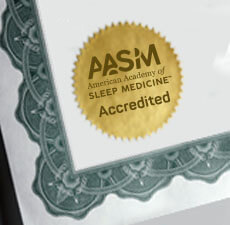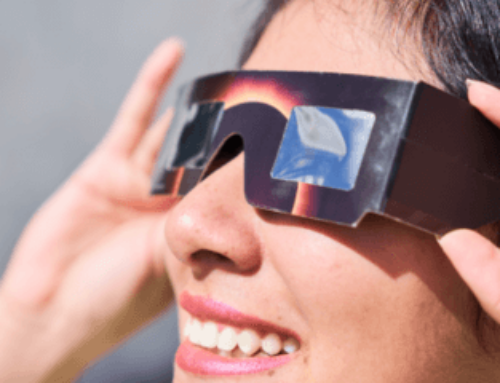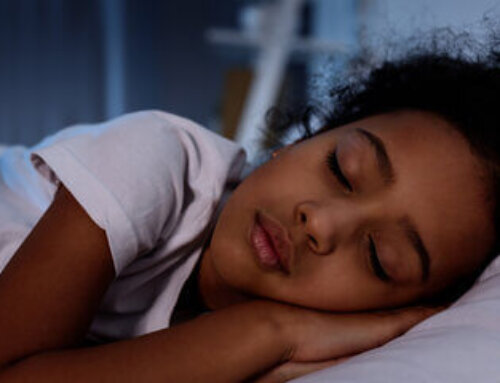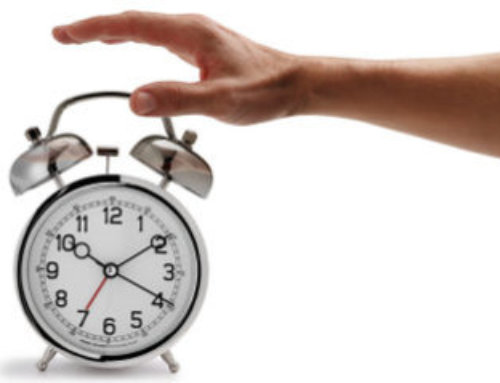FOR IMMEDIATE RELEASE
CONTACT: Lynn Celmer, 630-737-9700, ext. 9364, lcelmer@aasm.org
DARIEN, IL – A new study suggests that marijuana use is associated with impaired sleep quality.
Results show that any history of cannabis use was associated with an increased likelihood of reporting difficulty falling asleep, struggling to maintain sleep, experiencing non-restorative sleep, and feeling daytime sleepiness. The strongest association was found in adults who started marijuana use before age 15; they were about twice as likely to have severe problems falling asleep (odds ratio = 2.28), experiencing non-restorative sleep (OR = 2.25) and feeling overly sleepy during the day (OR = 1.99). Results were adjusted for potential confounders including age, sex, race/ethnicity and education.
“Current and past marijuana users are more likely to experience sleep problems,” said lead author Jilesh Chheda, research assistant at the University of Pennsylvania in Philadelphia, working with Dr. Michael Grandner, the senior author on the study. “The most surprising finding was that there was a strong relationship with age of first use, no matter how often people were currently using marijuana. People who started using early were more likely to have sleep problems as an adult.”
The research abstract was published recently in an online supplement of the journal Sleep and will be presented Wednesday, June 4, in Minneapolis, Minnesota, at SLEEP 2014, the 28th annual meeting of the Associated Professional Sleep Societies LLC.
The study involved adults ranging in age from 20-59 years who responded to the 2007-2008 National Health and Nutrition Examination Survey (NHANES). A history of drug use was reported by 1,811 participants. Cannabis use was assessed as any history of use, age at first use and number of times used in the past month. Sleep-related problems were considered severe if they occurred at least 15 days per month.
Although the design of this study did not allow for an examination of causality, the results suggest that initiation of marijuana use in adolescence may impart a higher risk for subsequent insomnia symptoms, or it may mean that those who begin using earlier are more likely to experience insomnia for other reasons, such as stress. Insomnia may even be one of the reasons people start (or continue) use, though this evidence suggests that it is probably not effective if they are still experiencing problems.
“Marijuana use is common, with about half of adults having reported using it at some point in their life,” said Chheda. “As it becomes legal in many states, it will be important to understand the impact of marijuana use on public health, as its impact on sleep in the ‘real world’ is not well known.”
According to the National Institute on Drug Abuse, marijuana use among young people has been increasing since 2007, which may be associated with increased public debate over the drug’s legal status. The federal government considers marijuana a Schedule I substance that has no medicinal uses and a high risk for abuse. However, Colorado and Washington have legalized marijuana for adult recreational use, and 21 states have passed laws allowing its use as a treatment for certain medical conditions.
The research was conducted under the supervision of Michael Grandner, PhD, instructor in the Division of Mood and Anxiety Disorders within the Department of Psychiatry of the Perelman School of Medicine at the University of Pennsylvania. It was supported by funding from the National Heart, Lung and Blood Institute; the National Institute of Environmental Health Sciences; and the University of Pennsylvania Clinical and Translational Science Award.
For a copy of the abstract, “Patterns of Marijuana (Cannabis) Use and Sleep Symptoms in American Adults,” or to arrange an interview with a member of the research team or an AASM spokesperson, please contact AASM Communications Coordinator Lynn Celmer at 630-737-9700, ext. 9364, or lcelmer@aasm.org.
Established in 1975, the American Academy of Sleep Medicine (AASM) improves sleep health and promotes high quality patient centered care through advocacy, education, strategic research, and practice standards. With about 9,000 members, the AASM is the largest professional membership society for physicians, scientists and other health care providers dedicated to sleep medicine. For more information, visit www.aasm.org.








